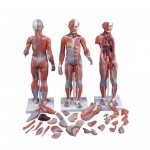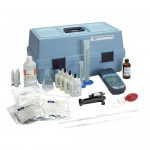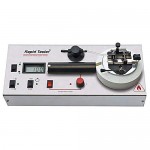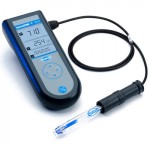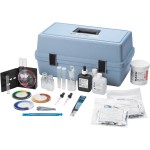
The simplest way to define life sciences is the study of living organisms and life processes. At NCBiotech, we see it as science involving cells and their components, products, and processes. Biology, medicine, and agriculture are the most obvious examples of the discipline.
This unique space environment allows scientists to study the risks to human health that are inherent in space exploration and to pursue innovations and discoveries in fundamental life and physical sciences not currently achievable by other means.
Life Science Science Laboratory Types
- Analytical and Quality Laboratories
- Biosafety Laboratories
- Cleanrooms
- Clinical and Medical Laboratories
- Incubator Laboratories
- Production Laboratories
- Research & Development (R&D) Laboratories
Life science instruments
In terms of technique, the global market has been classified into spectroscopy, chromatography, polymerase chain reaction, next-generation sequencing, clinical chemistry analyzers, flow cytometry, immunoassays, and others.
Life Science Laboratory Equipment
The different laboratory equipment used is a Bunsen burner, microscopes, calorimeters, reagent bottles, beakers, and many more. These tools are mainly used to perform an experiment or to take measurements and collect data.
- All Microbiology Equipment
- Air Filters
- Atomic Force Microscopy
- Biological Automation Systems
- Cell Analysis Systems
- Flow Cytometry Systems
- Laboratory Centrifuges
- Laboratory Incubators
Molecular biology also plays important role in understanding formations, actions, and regulations of various parts of cells which can be used to efficiently target new drugs, diagnose disease, and understand the physiology of the cell.
Molecular biology is the study of the structure-function and makeup of the molecular building blocks of life. It focuses on the interactions between the various systems of a cell, including the interrelationship of DNA, RNA, and protein synthesis and how these interactions are regulated.
A pioneer in the field of molecular biology, the Laboratory of Molecular Biology was the place where the helix-structure of DNA was finally determined and where the first long-surviving monoclonal antibodies were created. ... From the start, the LMB fostered a culture where scientists could easily exchange ideas.
There are no application posts to list.


